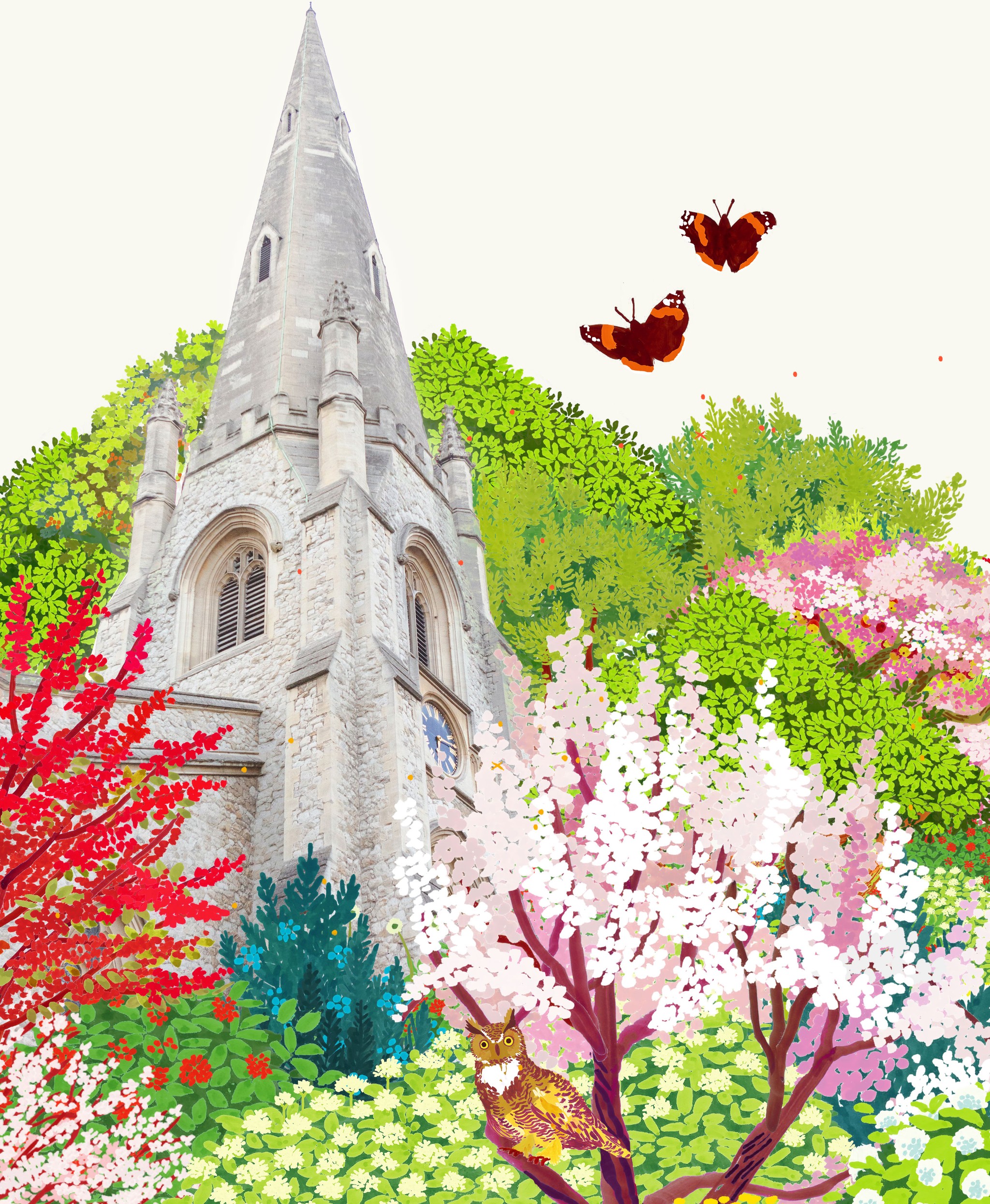Latchmere Park — Natura Nostra Forest
A biodiversity corridor for the local community.


0
Trees
0
Square Meters
0
Native Species
We are planting this pocket forest in Latchmere Recreation Ground - a largely nature-depleted grassland, lacking biodiversity and habitat for the local wildlife, except for the existing pond in a rewilded corner of the park. We are planting the pocket forest beside this naturalized pocket, building the biodiversity corridor, and further extending this natural habitat.
We will plant a diverse mix of 22 native species, including Elder (Sambucus nigra), Birch (Betula pendula), and Dog Rose (Rosa canina). As these trees mature, they will act as a scaffold for biodiversity, providing habitat for insects, birds, and small mammals. The forest will offer natural solutions that will buffer against the environmental issues we see in the area, including the heat island effect from the lack of tree shading, and pollution (air, noise, and visual) from the nearby busy roads; building upon the environment’s resilience for future generations. The forest will also improve public health, bringing the community together in a tangible, meaningful way - inspiring local climate action and providing a green space for people to relax and reconnect with Nature.
Forest Maker
James Godfrey-Faussett


Forest Partner

Forest Design
The species of plants and trees chosen for the site have been carefully selected to support both visiting and nesting bird species. For example, Elder provides dense foliage ideal for nesting birds, while its summer flowers attract a wide variety of pollinating insects, which are crucial for insectivorous birds. Silver Birches will attract birds like finches and redpolls that feed on the catkins of the trees, and overwintering populations of thrushes will thrive on the fruiting berries of the Dog Rose.
Additionally, two standing deadwood trees already present within the site boundary will provide excellent habitat for invertebrates, further supporting bird populations and other small mammals that rely on these insects for food.
The forest will be planted on either side of a winding path to enhance access while minimizing disruption to wildlife. This allows visitors to immerse themselves in the natural environment and observe the ecosystem while ensuring it remains undisturbed.

"As a council we are looking for innovative ways to make use of the borough’s spaces to help mitigate and adapt to the challenges of climate change. We cannot do this alone, and appreciate the funding provided through the SUGi initiative to make the project a reality."
Ian Manders, Portfolio Holder for Climate Action, Biodiversity and Planning Policy, Kingston Council
Planting: November 2024




























